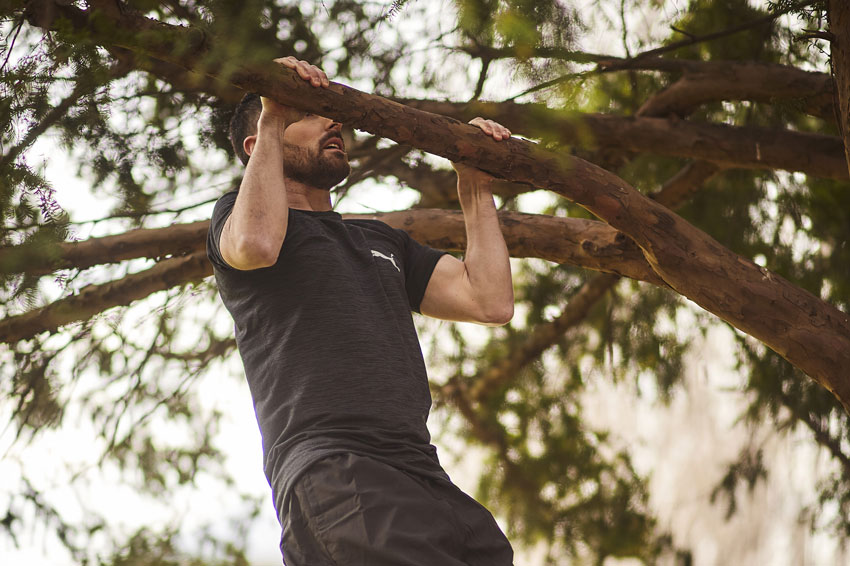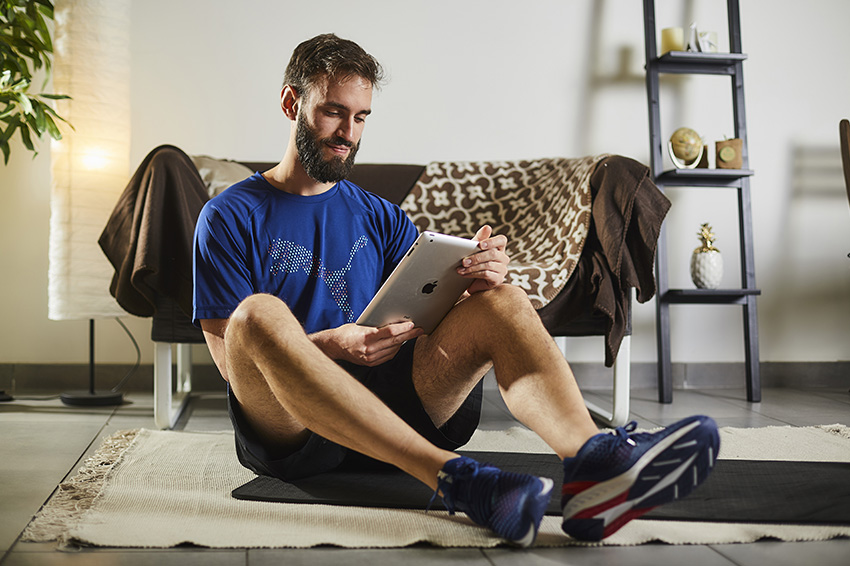Pull-ups and chin-ups are two exercises with their subtle differences. Although they both use the same plane of movement and target your back and arms, the different grips you use change which muscles are worked the most. The FizzUp trainer tells you what sets these two iconic exercises apart. Get them in your FizzUp program and Single Workouts!
The most noticeable difference between these two exercises is how you place your hands on the bar. All the other differences stem from this one factor.
Although both exercises are performed in the vertical plane (pulling your body upward in a position that’s along the same plane as your torso) and target your arms and back, the mechanics behind the movement for each exercise are slightly different. This means that pull-ups and chin-ups work your back and arm muscles each in their own way.

You’ll notice a difference in the exercises’ movements, especially in your shoulder joints:
This variation targets your back muscles by significantly stretching them when you use a wide range of movement by almost fully extending your arms. This puts your biceps in a weakened position, which means that your back muscles have to do most of the work. With a pronated grip, you’re minimizing the main functions of your biceps (elbow flexion and hand supination), which means you’ll be using them less.
When you grasp the bar with a wide grip, it’s easier to perform an adduction in your shoulder joints. This puts more muscles to work in your back. Besides that, if you use a close grip and your elbows are in front of you, it’s hard to use the strength in your stretched muscles to your advantage. As a result, your arms have to work much harder.
This probably doesn’t come as a surprise, but with this type of grip, you’re relying a lot more on your biceps. This is mostly because one of the main functions of the biceps is to supinate the forearms. When you use this grip, your biceps are in a mechanically advantageous position, making them work a lot harder than with pull-ups.
No matter which grip you choose, pull-ups and chin-ups both work your arms, back and upper body muscles by moving your body along the vertical plane. Having different grips to choose from makes it easier to target one of these specific muscle groups. When it comes time to decide how to place your hands on the bar, choose the grip that will work the muscles you want to focus on.
Choosing exercises that won’t cause any muscle or joint pain is another important factor. If you try both and find that one is more comfortable than the other, then stick with that one.

All these differences don’t make one exercise better than the other. Switch them up on a regular basis to help you work all the muscles in your upper body. This will also build your strength and muscle mass as well as reduce your risk of injury due to overusing one type of grip.
FizzUp trainer’s tip: Chin-ups are often easier and more comfortable for women and beginners because they don’t have to focus on contracting their back muscles. This exercise also puts the arms in a strong position, making it easier to hoist your body up. If you’re a beginner, the FizzUp trainer recommends starting with chin-ups before you switch to pull-ups.
FizzUp puts the power of push-ups and chin-ups in your workouts. Get both of these essential exercises when you one of our Single Workouts or programs!
Join the 7 million users already registered on FizzUp
Join us